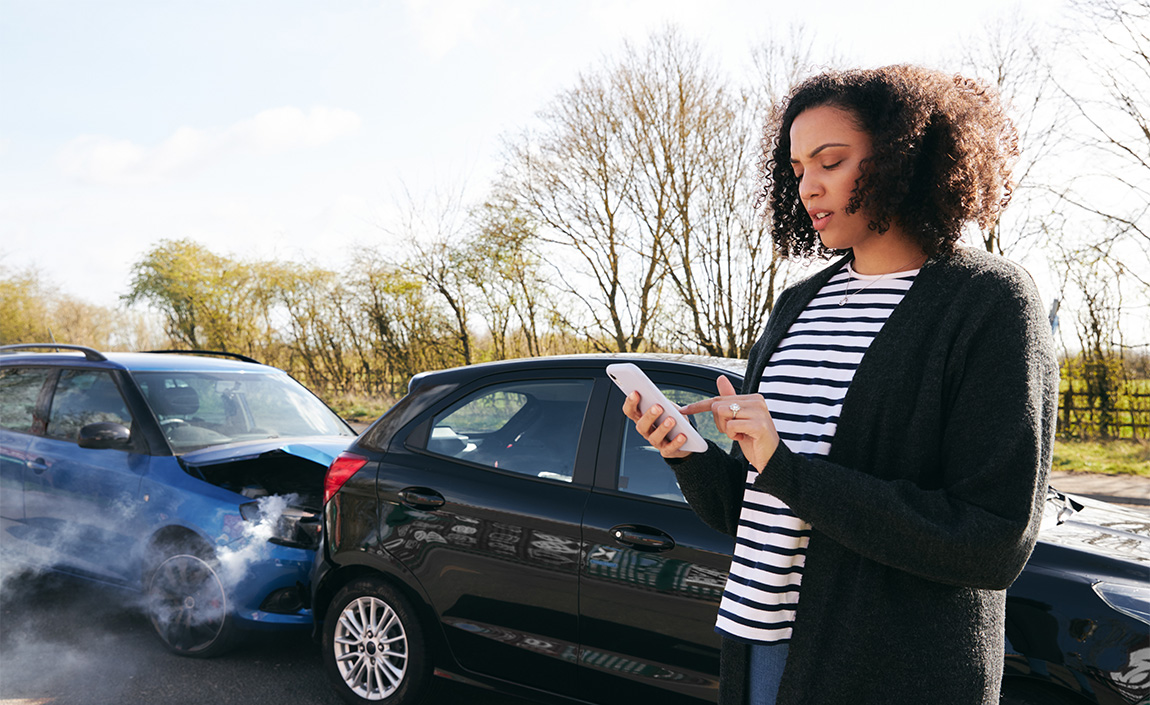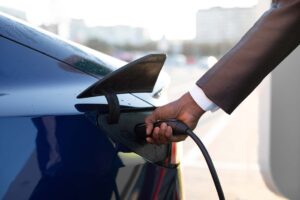
Property insurance plays a vital role in protecting our most valuable assets, whether they are homes, businesses, or personal belongings. Unfortunately, there are several misconceptions and myths surrounding property insurance that can lead to misunderstandings and inadequate protection. In this blog post, we’ll debunk the top misconceptions about property insurance, to help you make more informed decisions.
Misconception 1: “I rent, so I don’t need property insurance.”
One common misunderstanding is that property insurance is only necessary for homeowners. In reality, if you’re a tenant, you still need insurance. While your landlord’s insurance may cover the building’s structure, it won’t protect your personal belongings in case of theft, fire, or other events. Renter’s insurance is designed to safeguard your possessions, provide liability coverage, and offer additional living expenses if you are temporarily displaced due to a covered event.
Misconception 2: “I have a basic homeowner’s insurance policy; I’m fully covered.”
A standard homeowner’s insurance may not cover every possible scenario. Basic policies typically protect against common risks like fire, windstorms, and theft, but they might not include coverage for floods, earthquakes, or certain types of personal belongings, such as high-value jewellery or collectibles. Review your policy carefully and consider purchasing additional coverage if needed.
Misconception 3: “My property’s market value dictates the coverage amount.”
Many property owners mistakenly believe that the market value of their home or property determines the appropriate insurance coverage. In reality, property insurance should be based on the cost to rebuild or repair the property, not its market value. Market value considers factors like the location and demand in the real estate market, whereas insurance coverage considers construction costs, materials, and labour in the event of a disaster.
Misconception 4: “Homeowners’ insurance covers home-based businesses.”
Running a business from home has become increasingly popular, especially with the rise of remote work and entrepreneurship. However, don’t assumethat your homeowner’s insurance automatically covers your home-based business. In most cases, standard homeowner’s insurance excludes business-related liabilities and property damage. If you run a business from home, consider a separate business insurance policy or an endorsement to your existing policy to cover your business assets adequately.
Misconception 5: “Flood and earthquake damage are covered under standard policies.”
Natural disasters like floods and earthquakes can cause significant damage, but they are typically not covered under standard property insurance policies. Property owners residing in high-risk flood or earthquake zones should consider purchasing separate policies or endorsements specifically tailored to protect against these risks.
Misconception 6: “Home insurance covers routine maintenance and wear and tear.”
Property insurance is designed to protect against sudden and accidental damage rather than routine maintenance and wear and tear. Homeowners are responsible for maintaining their properties and addressing issues that arise due to regular use and ageing. Failing to maintain your property properly could lead to denial of your claim if the insurer determines that the damage resulted from negligence or lack of maintenance.
Remember, insurance is a safety net, and investing in the right coverage is an investment in your future security.













